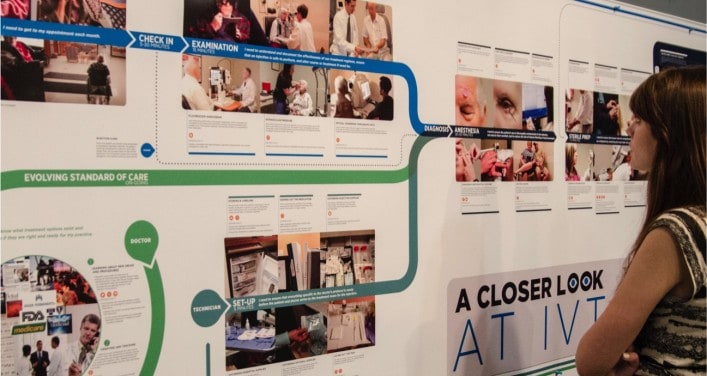Take a deep breath.
We started by interviewing and observing current Albuterol inhaler users to get a sense of their pain points and how they work around the device’s shortcomings. We found that people don’t like using it in public (it attracts attention), that dose timing is difficult with the current propellant-can delivery method, and that the “throwaway” nature of the device made them worry about sustainability.
Update everything.
Current inhalers felt foreign and embarrassing to users, so to create a connection, we updated the devices in two significant ways. First, by incorporating vape technology, which allows for flexibility in the drugs that can be administered and makes dosing easier. Secondly, we rethought form, creating prototypes that look more like small sculptures than medical devices, can be palmed discreetly, and are made of materials that feel high quality, less disposable and easier to feel attached to—wood, porcelain, and aluminum.
Differentiate by user.
Our team created four different Aria inhalers based on four prominent personas and their needs: Youth, Contemporary, Heritage, and Active. The Youth device is petite and made of silicone to increase dosing precision and withstand drops. The Contemporary model looks clean and modern—more like everyday tech than a medical device. The Heritage product connects with older users through a wood shell body and features a larger paddle actuator. The Sports option is designed to appeal to active asthmatics, with a miniaturized form, attachment clip and waterproof body for ultimate durability on the go.
Maximize the experience.
To officially bring the inhaler into the 21st century, we added an app that works in conjunction with the inhaler too, well, make life easier for an asthma sufferer. The dashboard features information about weather and air quality conditions in their area that can impact their breathing. And the digital humanization is taken one step further: With data inputs unique to the user’s ailments and lifestyle, it synthesizes this information and customizes it through the filter of their life, providing insights and recommendations that are tailored to them and their needs. (They can even ask it questions, like “Hey, I’m about to go for a run…are conditions right?”) A “find my inhaler” function, and alerts before medicine expires — which users can reorder straight from the app — round out the UI/UX component. The gist? By combining insight-driven design with intuitive technologies that can further personalize a product to benefit the user and better their experience, we can all truly breathe easier.


